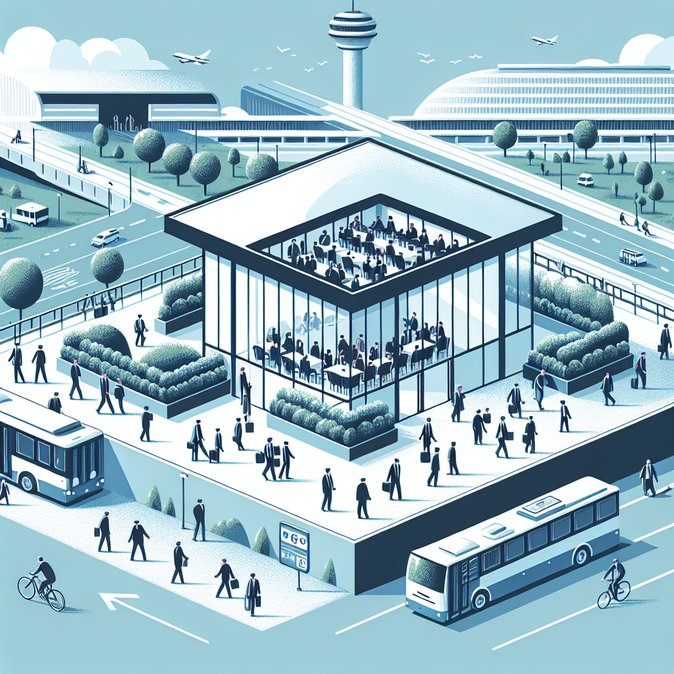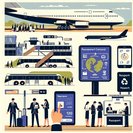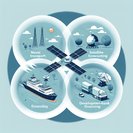
At 14:00 local time today the Government of Pará cut the ribbon on the ‘Pavilhão Pará’, a 1,800 m² structure inside COP30’s Green Zone designed to host more than 350 meetings, cultural performances and B2B sessions over the next twelve days.
Located a short walk from the Blue Zone pedestrian gate, the pavilion offers free co-working desks, simultaneous-interpretation booths and a daily start-up showcase focused on Amazon-biome innovation. For companies with limited Blue Zone accreditation, the space provides an alternative venue for deal-making without the need for a UN badge.
![Pará Pavilion opens in COP30 Green Zone, creating new hub for side-events and networking]()
From a mobility perspective the pavilion sits inside the event’s secure-but-open Green Zone, meaning visitors only need to pass a light bag scan rather than full airport-style screening. Dedicated COP30 buses on Lines 3, 5 and 9 stop at the north entrance every 10 minutes during peak hours, and a temporary ferry pier links directly to the cruise-ship accommodation at Outeiro.
Organisers expect the pavilion to become a focal point for regional trade missions. Today’s schedule alone includes sessions on sustainable aviation fuel, forest-carbon markets and Amazon e-logistics—topics with direct implications for mobility and supply-chain managers.
Delegates should pre-register via the pavilion’s QR-code system to avoid capacity caps (2,000 persons) and note that food services accept only cashless payment cards issued by local bank Banpará.
Located a short walk from the Blue Zone pedestrian gate, the pavilion offers free co-working desks, simultaneous-interpretation booths and a daily start-up showcase focused on Amazon-biome innovation. For companies with limited Blue Zone accreditation, the space provides an alternative venue for deal-making without the need for a UN badge.

From a mobility perspective the pavilion sits inside the event’s secure-but-open Green Zone, meaning visitors only need to pass a light bag scan rather than full airport-style screening. Dedicated COP30 buses on Lines 3, 5 and 9 stop at the north entrance every 10 minutes during peak hours, and a temporary ferry pier links directly to the cruise-ship accommodation at Outeiro.
Organisers expect the pavilion to become a focal point for regional trade missions. Today’s schedule alone includes sessions on sustainable aviation fuel, forest-carbon markets and Amazon e-logistics—topics with direct implications for mobility and supply-chain managers.
Delegates should pre-register via the pavilion’s QR-code system to avoid capacity caps (2,000 persons) and note that food services accept only cashless payment cards issued by local bank Banpará.








